“In my opinion ploughing yields good crops, even during extreme conditions. The simple and robust construction and the easy adjustments are the main advantages of our Kverneland plough.”
Johannes Bendele German national ploughing champion
It is important to preserve it while making a revenue from it.
Thinking like you is in our DNA. Ole Gabriel Kverneland, our founder, educated in farming and black-smith, understood the challenges in farming.
Located right in the middle of a farming region, a number of Kverneland’s employees in the R&D departments, product managers, agronomists are also farmers. Some are even national and world ploughing champions. We understand todays challenges of the farming community and develop solutions.
Kverneland Group focuses on developing solutions that promote sustainable soil management and enhance agricultural productivity.
Ploughing is an essential and highly efficient agricultural practice for seedbed preparation, crucial for optimizing crop growth. Utilizing a plough farmers can effectively manage and control weeds, slugs, and pests, ensuring a clean and fertile environment for planting. Moreover, ploughing helps in the thorough breakdown and incorporation of crop residues, enhancing soil structure and fertility.
With a commitment to quality and innovation, Kverneland ploughs are the smart choice for farmers dedicated to excellence and sustainability in agriculture.
Deep to shallow ploughing with any Kverneland bodies
Did you know that ploughing is the most efficient crop establishment method to limit CO2 emissions ?
The Catch-C Project is a Pan European study. It aggregates data from 291 long term experiments. It concluded that conservation tillage and direct seeding generate 23% and 32% more CO2 emissions than when ploughing. The reason is that the organic materials decompose on the surface of the soil. Ploughing sequestrates carbon. The decomposition in Humus happens under the surface.
Ploughing reduces CO2 more than other tillage methods.
Soils are a vital component in the global carbon cycle, acting as significant repositories for organic carbon, especially in agricultural settings. When managed wisely, the practice of ploughing can enhance this storage capability. Ploughing aerates the soil, improves its structure, and mixes organic residues from the surface deeper into the soil profile. This incorporation of organic matter increases the soil's capacity to retain carbon, thus potentially locking away more CO2 from the atmosphere. This not only benefits the environment by helping to reduce atmospheric CO2 levels but also enriches the soil, promoting healthier crop growth.
The CO2 storage capacity varies a lot region to region depending on the soil types. Peatland soils, for example, can store far more organic carbon than mineral soils.
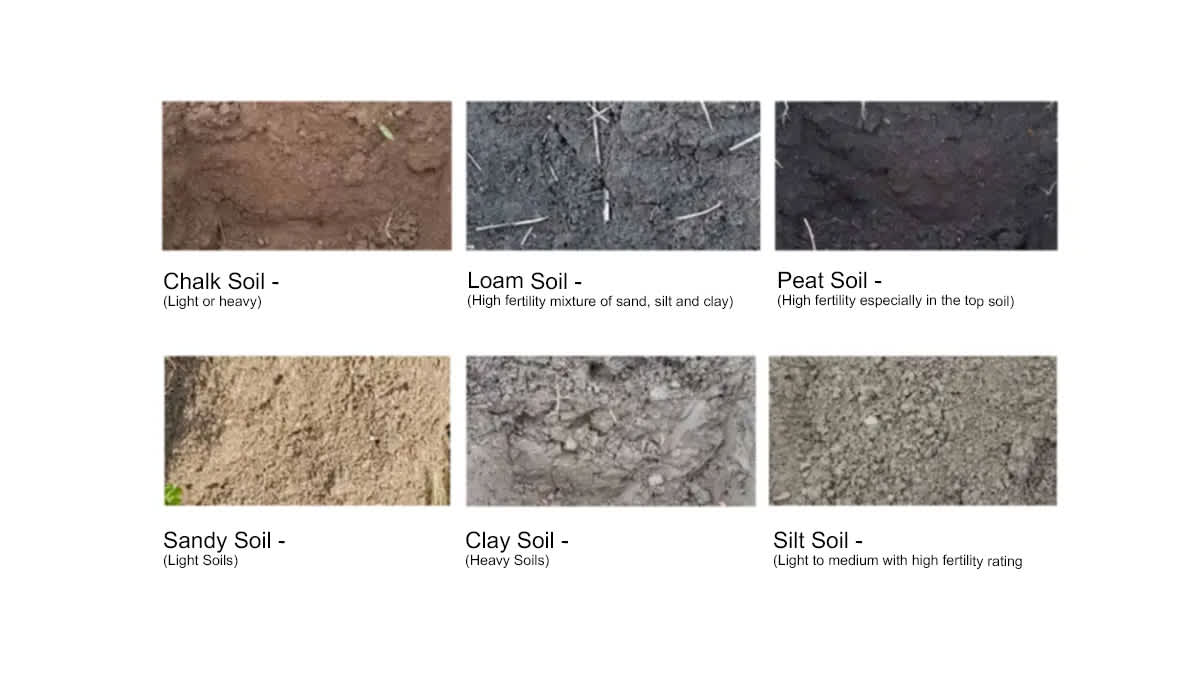
Ploughing is a proven environmentally-friendly method against Black Grass (70% control)
“High-quality ploughing, with good inversion of the furrow, buries seeds to a depth from which seedlings are unlikely to emerge (>5 cm). Black-grass seeds are relatively non-persistent in the seed bank, so ploughing brings few viable seeds to the surface. This is especially true for rotational ploughing (e.g. ploughed once every 3–6 years). No-till and particularly shallow non-inversion tillage tend to favour black-grass, because freshly shed seeds stay near the soil surface. Failure to control black-grass effectively in such systems can result in a much more rapid increase in infestation (more than tenfold per year) than occurs in systems based on annual ploughing.”
Black grass challenges crop yields; managing it is crucial
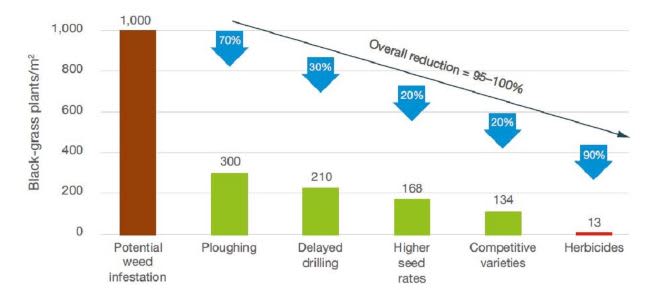
The average levels of control cited on this page are based on a comprehensive review of more than 50 field experiments*.
*P J W Lutman, S R Moss, S Cook and S J Welham (2013), Weed Research, 53: 299–313.
Potential black-grass control levels associated with an integrated approach based on non chemical (green bars) and chemical (red bar) control, Source: AHDB: Integrated management of black-grass | AHDB
“When avoiding glyphosate, ploughing is the most effective alternative for long-term weed control in winter wheat cropping systems in northwestern Europe”. This is not at the expense of crop yields or profitability. Model calculations show that ploughing can also be used to maintain crop yields and profits.
Meanwhile, alternative crop rotation improves biodiversity but increases environmental risks from herbicides. Integrated weed control, in turn, requires solid knowledge of weed ecology and biology.
These conclusions were published on the 5.04.2024 by the scientists from the Rothamsted Research Center (UK), available to read here: Study: Trade-offs constrain the success of glyphosate-free farming | Scientific Reports (nature.com)
Kverneland 3300 S variomat - The ideal plough for all conditions!
Ploughing is a very efficient non chemical method to control weeds. Theories and pratices agree. This is sometimes the only weed control technique like demonstrated in the the case of blackgrass. It is also the recommended weed control technique when stopping with Glyphosate. Not least, with the wish to reduce the usage of chemicals in agriculture, ploughing as a mechanical process is environmentally friendly. Ploughinh buries weeds and weed seeds under the soil which prevents their access to sunlight and nutrients, hence their growth is limited. Ploughing also disrupts the root system of perennial weeds which weakens their ability to compete with crops for resources.
Taneli Hyttinen, farmer in Finland reports:
“I have tried to work my land without a plough for some years, recently. This was due to a common trend in order to save cost. But I have to admit that the result turned to the opposite: I had to face fewer yields together with an increase of weeds which were difficult to control”
Farmer testimonial from Taneli Hyttinen, Finland. Farm: 122 ha farm; barley, wheat, oats, oil seed rape, cumin.
Did you know that ploughing secures yields while preventing sanitary risk?
The study “Catch-C Project” conducted over 291 long.-term experiments in Europe concludes that ploughing secures yields compared to other crop establishment methods like conservation tillage or direct seeding. Ploughing can offer a clean seed bed so more seeds can germinates. They also germinate in a safe environment where fungus are at their lowest compared to conservation tillage and direct seeding.
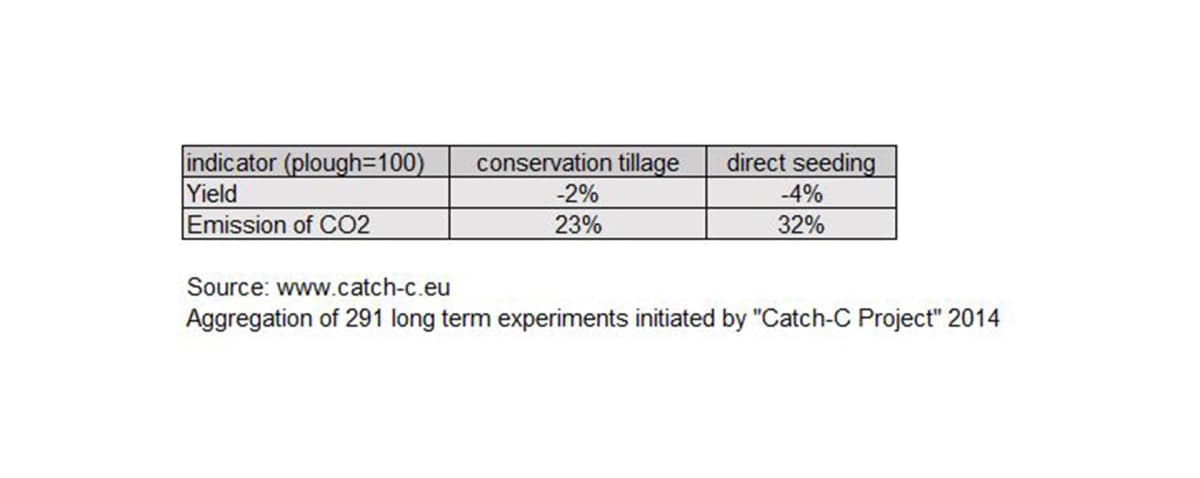
Lower potential for fungal diseases
Ploughing helps reduce fungal diseases as clearly shown in a study by Kiel University in 2012. Crop rotation combined with ploughing gives the best results.
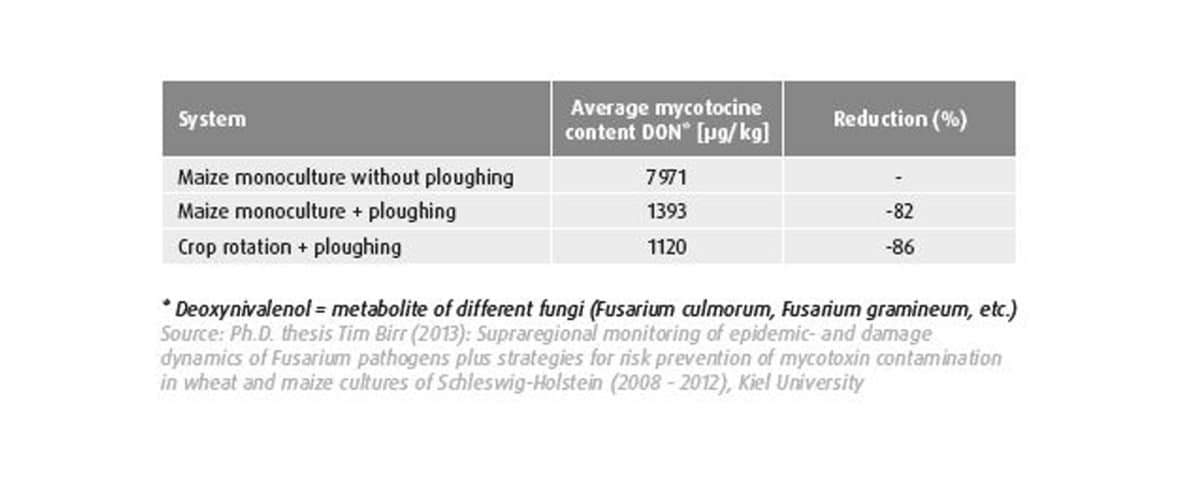
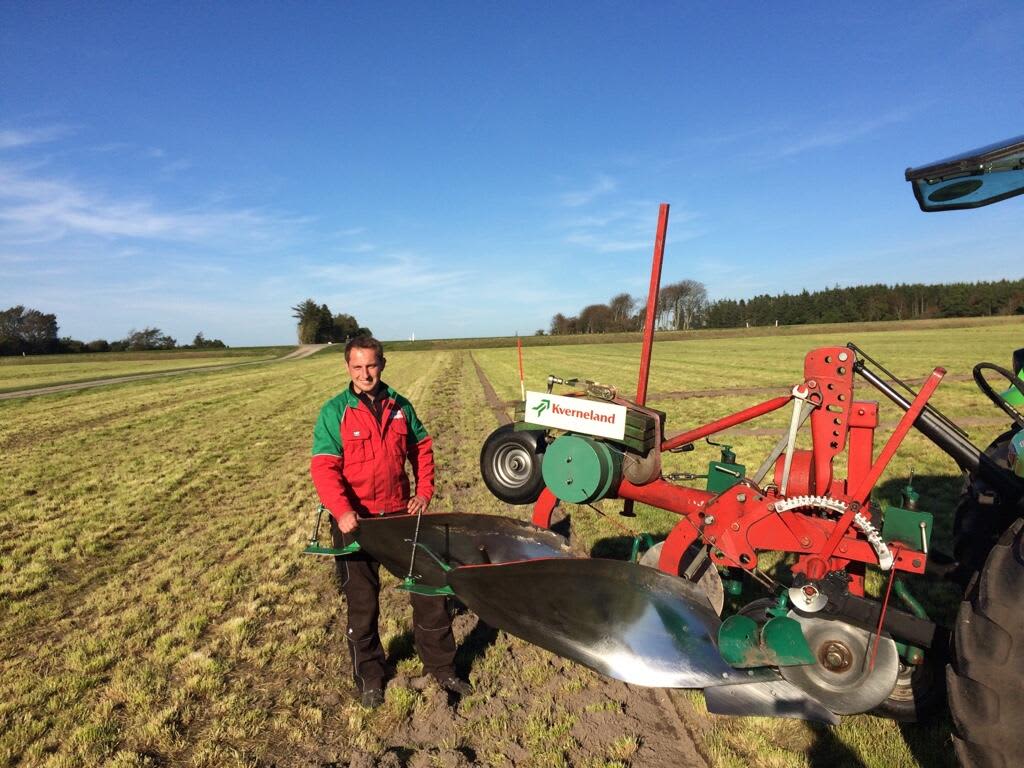
“In my opinion ploughing yields good crops, even during extreme conditions. The simple and robust construction and the easy adjustments are the main advantages of our Kverneland plough.”
Johannes Bendele German national ploughing champion
Ploughing yields good crops
Ploughing benefits the soil health
Ploughing prepares the seedbed